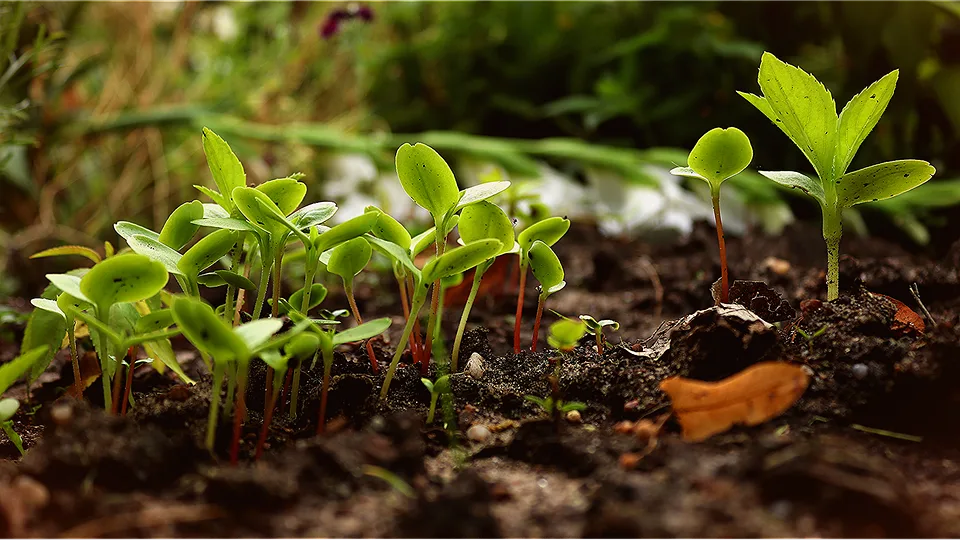Permaculture 101: A Step-by-Step Guide to Creating Your Own Sustainable Garden

Unlocking a Sustainable Future: An Introduction to Permaculture
Permaculture is more than just a gardening technique or a sustainable living approach – it’s a holistic design system that has the power to transform our relationship with the natural world and create a better future for generations to come. As the world grapples with the challenges of climate change, environmental degradation, and social inequality, permaculture offers a beacon of hope and a practical way to live in harmony with nature.
What is Permaculture?
Permaculture is a design system that mimics the patterns and relationships found in natural ecosystems to create sustainable, regenerative, and resilient living systems. The term "permaculture" was coined in the 1970s by Bill Mollison and David Holmgren, who developed the concept as a response to the environmental and social challenges of the time.
The Principles of Permaculture
Permaculture is built on three core principles:
- Earth Care: This principle recognizes the intrinsic value of the natural world and seeks to protect and preserve it. Earth care is about designing systems that work in harmony with the environment, minimizing waste and pollution, and preserving biodiversity.
- People Care: This principle emphasizes the importance of social and community connections. People care is about building strong, resilient communities that are equitable, just, and fulfilling.
- Fair Share: This principle is about fairness and reciprocity. Fair share is about distributing resources and responsibilities in a way that is just and sustainable for all members of the community.
Applications of Permaculture
Permaculture is not just limited to gardening or small-scale farming. It can be applied to various aspects of our lives, from urban planning and architecture to business and education.
- Gardening: Permaculture gardening involves designing systems that mimic natural ecosystems, using techniques like companion planting, polycultures, and water harvesting.
- Farming: Permaculture farming is about designing regenerative agricultural systems that promote biodiversity, minimize waste, and enhance ecosystem services.
- Sustainable Living: Permaculture can be applied to daily life by incorporating sustainable practices into our homes, workplaces, and communities.
Successful Permaculture Projects
Permaculture projects can be found all around the world, from urban rooftops to rural landscapes. Some notable examples include:
- The Permaculture Research Institute in Australia, which is dedicated to advancing permaculture design and education.
- Transition Town Totnes in the UK, which has become a model for community-led sustainable development.
- The Sustainable Living Center in the USA, which offers workshops, courses, and community programs focused on permaculture and sustainable living.
Getting Started with Permaculture
While permaculture may seem complex, it’s actually a accessible and adaptable system that can be applied to anyone’s life. Here are some actionable steps to get started:
- Start small: Begin with a small garden or a few potted plants, and gradually scale up as you gain experience.
- Observe nature: Study natural ecosystems and identify patterns and relationships that can be applied to your own design.
- Join a permaculture community: Connect with local permaculture groups, attend workshops, and participate in online forums to learn from others and share your own experiences.
Frequently Asked Questions
Q: Is permaculture only for gardeners or farmers?
A: No, permaculture can be applied to any aspect of life, from urban planning to business and education.
Q: Is permaculture expensive to implement?
A: Not necessarily. Permaculture is often about repurposing and recycling materials, as well as finding low-cost and creative solutions.
Q: Is permaculture only for those with a large amount of land?
A: No, permaculture can be applied to small spaces, such as rooftops, balconies, and backyards.
Conclusion
Permaculture is a powerful tool for creating a more sustainable and regenerative future. By embracing the principles of earth care, people care, and fair share, we can design systems that work in harmony with the natural world and promote social and environmental justice. Whether you’re a seasoned gardener or a curious beginner, permaculture has something to offer. Take the first step today and join the permaculture movement.
Internal Linking
For more information on permaculture design and implementation, check out our article "Designing Your Permaculture Garden" and "Permaculture for Urban Spaces".
For more resources on sustainable living and permaculture, visit the Permaculture Research Institute’s website and Transition Town Totnes’ website.









